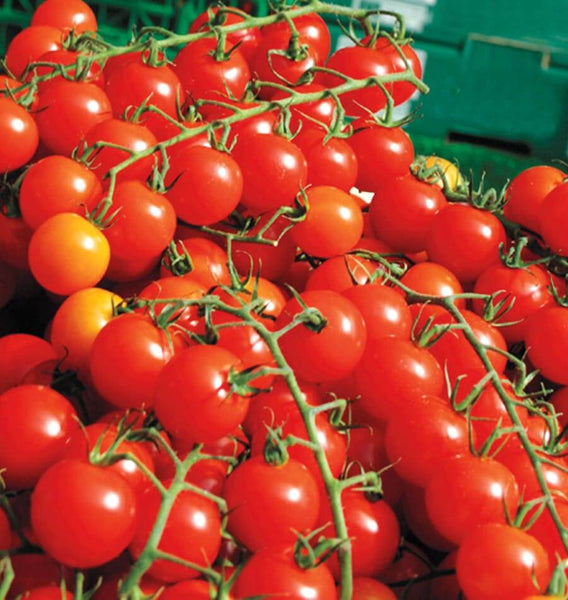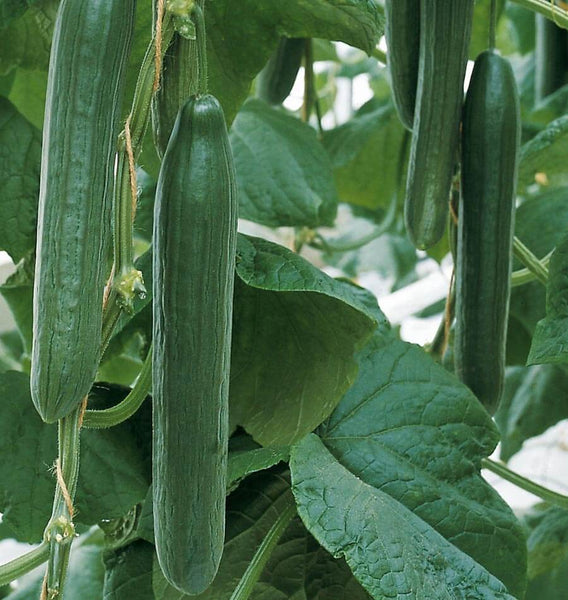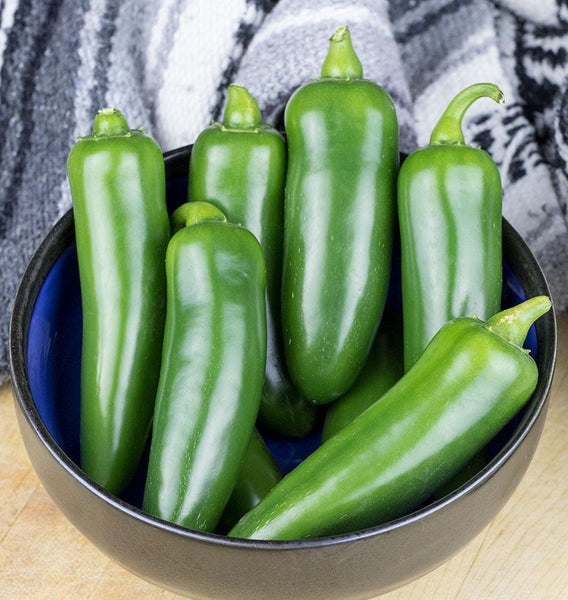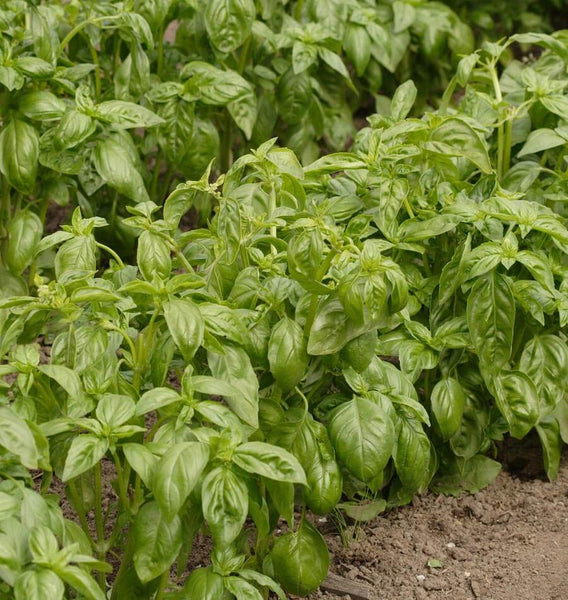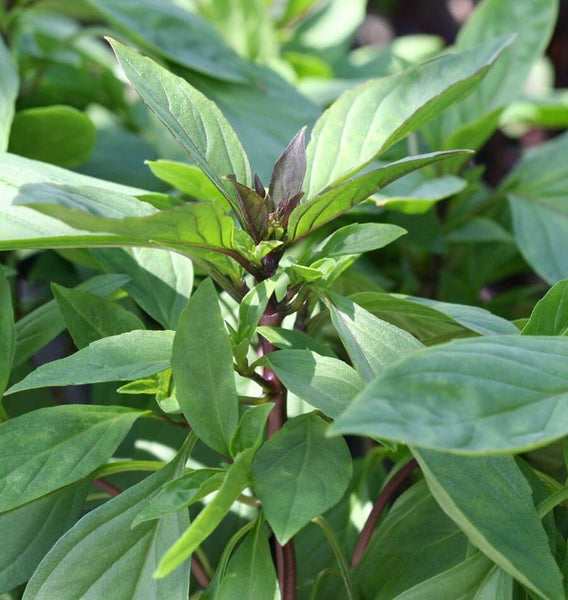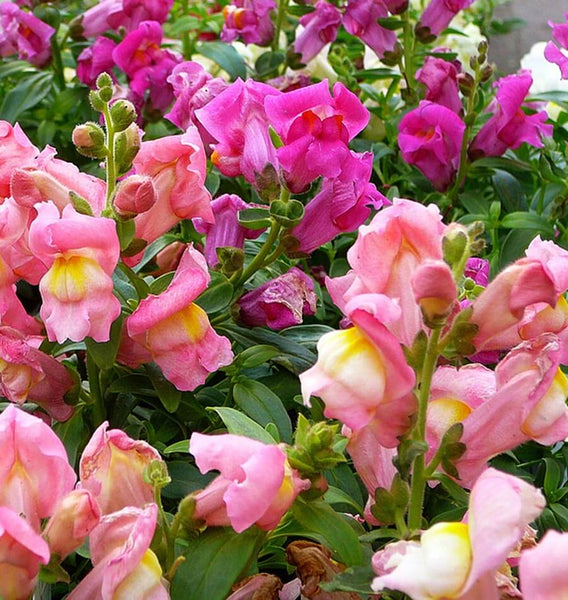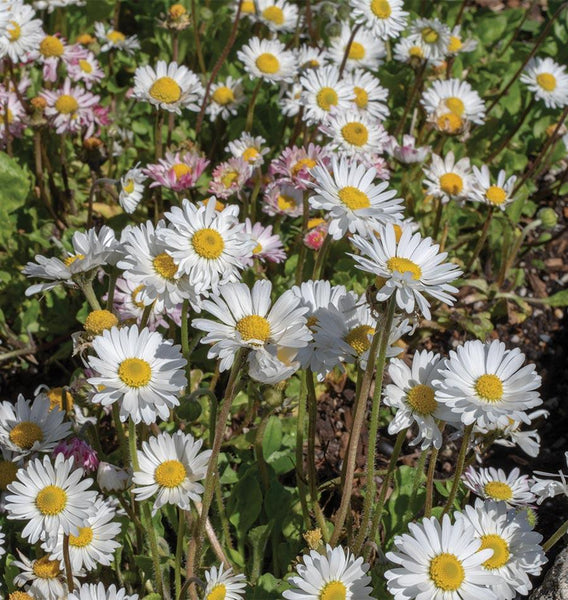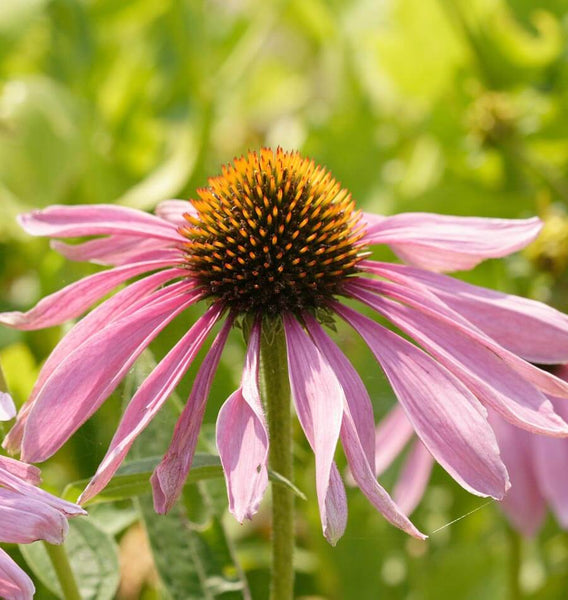Artichokes are heat-loving plants of the large family, Asteraceae. The genus Cynara includes eight other wild, thistle-like plants, including C. humilis, which was grown as a food crop in North Africa.
Some people grow these plants for their splendid purple flower heads and striking foliage. The plants, with their silvery foliage, can grow to 3m (10’) or more! Their flowers can be up to 20cm (8”) in diameter, and are easily identifiable as giant relatives of the wild thistles that are common around the northern hemisphere. We grow them for the wonderful flavour of the scales that surround the flower bud, and the heart of the bud with its meaty texture.

It is thought that artichokes were first cultivated in North Africa. The historian Theophrastus wrote of them growing in Sicily during the Greek empire from around 750 BC. Because of their prominent spiny flower buds, the Greeks called them kaktos, the root of the English word, “cactus.” Artichokes passed from the Greeks to the Romans, who named them carduus. The word “artichoke” is thought to have its roots in Arabic: al-qarshuf, via the Italian regional name articiocco.
By 1466, artichokes were growing in the gardens of Florence and Naples, and elsewhere in southern Europe. They spread in popularity northward, first to France and Holland, and eventually to the English gardens of Henry VIII by 1530. Women were generally forbidden to eat artichokes because of their supposed aphrodisiac nature, although they were a favourite food of Catherine de Medici, who once commented “If one of us had eaten artichokes, we would have been pointed out on the street. Today young women are more forward than pages at the court.”
Artichokes clearly caught on in the popular imagination, because by the 17th century, the English physician and astrologer Nicholas Culpeper had this to say about them in his Expanded Herbal:
The Latins call them Cinera, only our college calls them Artichocus… They are under the dominion of Venus, and therefore it is no marvel if they provoke lust, as indeed they do, being somewhat windy meat; and yet they stay the involuntary course of seed in man, which is called nocturnal pollutions… But to proceed; this is certain, that the decoction of the root boiled in wine, or the root bruised and distilled in wine in an alembic and being drank, purges by urine exceedingly.
In his Treatise on Food (1702), Louis Lemery wrote, “Artichokes suit elderly people at all times, and those of a phlegmatic and melancholy disposition.”
French immigrants settling in the Louisiana Territory brought artichokes to America in 1806, and they are now grown in the U.S. on an agricultural scale. Most of the store-bought artichokes in North America are grown in California.
Indeed, Castroville, CA, claims to be “the Artichoke Center of the World,” and holds an annual Artichoke Festival which features a parade, the crowning of the Artichoke King and Queen, cooking demonstrations, and so on. The very first Castroville Artichoke Queen was none other than Marilyn Monroe, crowned in 1949.

Artichokes are high in folate and vitamin C, low in sugar and fat, and a good source of the minerals iron, phosphorus, and magnesium. The artichoke’s close cousin, Cardoon (C. cardunculus), has recently been exploited as a coagulant in cheese making, as an alternative to rennet for those with strict vegetarian diets. The edible, scaly leaves surrounding the flower bud on a Cardoon are slightly spinier than those of traditional artichokes. The scales on the flowers of Cardoon are tasty, but scant.
The base of each artichoke (the fond) must be cut away from a central core of inedible, hairy fibres (the choke). When cut, artichokes quickly discolour as their chlorophyll oxidizes, so dip them in cold water mixed with lemon juice. They make fun and delicious finger foods once steamed whole until tender. Dip each leaf in some melted butter or aioli for a fantastic summer treat. Sliced artichoke heart makes a wonderful addition to pasta sauces, and they go very well on pizza and in antipasti. Very young artichokes can also be eaten raw.
